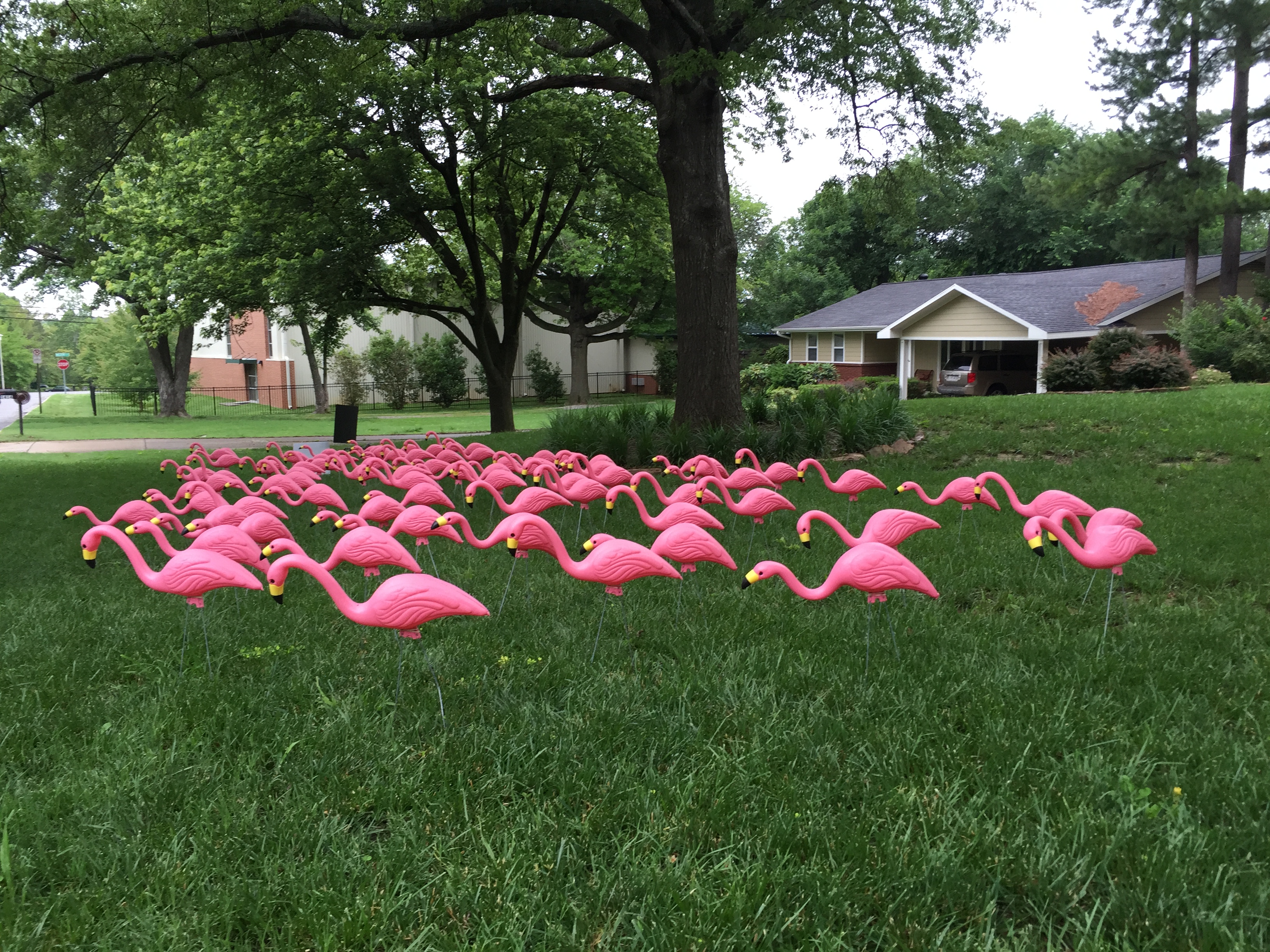Resource Library
Plant of the Week: Plastic in the garden
Welcome to the Anthropocene — well, maybe. Earth history is divided into subunits of time for those conversant in technical lingo. We are now in the Cenozoic era that began with the extinction of the dinosaurs; Quaternary period that began with widespread glaciation in the Northern Hemisphere; and the Holocene epoch that began with the final retreat of glaciers in the Northern Hemisphere. A proposal to declare another geological epoch, the Anthropocene, is gaining support but, because geologists move slowly, it may take some time.

The arguments in favor of adding the new geologic epoch are all related to human activity. Things such as the presence of large deposits of chicken bones (no kidding) in trash dumps, increasing rates of extinctions, and deposition of a radioactive compounds from open air testing and plastic particles in newly formed rocks are among the identifying markers of this new geologic epoch. The year 1950, just a few years after my birth, seems to be the timeline favored by most scientists.
I grew up in the post WW II plastics revolution. When Dustin Hoffman, portraying the titular character in the 1967 film “The Graduate,” was told “There is a great future in plastics,” I took it as a statement of fact, not the sly denunciation of 1950s middle-class values of phoniness that director Mike Nichols intended. I had just seen my first wood framed plastic greenhouse and was impressed by the potential for such simple, inexpensive technology.
Plastics include a diverse array of chemistries with the earliest forms such as celluloid (1856), celluloid film by Kodak (1889), Bakelite (1907) and cellophane (1912) mostly based on plasticized forms of cellulose.
But the big breakthroughs in modern plastics began in the late 1920s and reached full industrial force by the early 1950s. Polyethylene was first synthesized in 1898, but it was not until the 1930s when catalysts were identified that made working with it practical on commercial scale. Other examples include DuPont’s synthetic rubber Neoprene (1930), polystyrene (1930s), vinyl and polyvinyl chloride (1931), Nylon (1939), polyester (1950), polycarbonates (1953), polypropylene (1954) and on and on.
The first polyethylene greenhouse films were quickly broken down by ultraviolet rays in sunlight, but additives such as carbon black were found to stabilize the plastic and keep it intact for three years or more. When I started working in a nursery in 1969, an indispensable tool was a can-cutter, a tool designed to slice open the sides of metal one gallon vegetable cans used to grow woody nursery plants. But metal cans were short lived, soon replaced by the ubiquitous black plastic pots.
Surprisingly, the first use of plastics in American gardens was not utilitarian plastic pots, but instead the iconic plastic pink flamingo. In 1957 Union Plastics hired art school graduate Don Featherstone to create some three-dimensional lawn ornaments for the injection molding machines the company was operating. Since then, gnomes, birds and animals of every description have followed but none lived up to the kitsch of those first flamingos.
Plastic containers are where most gardeners encounter plastics. Three primary plastics are used for containers: polystyrene (thin, often brittle cell packs and plastic carry trays); polypropylene (recycle code 5) and polyethylene (recycle code 2). Like all plastics, they seem to have and indefinite half-life and are incredibly difficult to recycle.
Starting in 1998 the Missouri Botanical Garden started an ambitious program recycling plastic flower pots. It was hard work requiring lots of volunteer effort, but recycling is important. By 2017 when China stopped buying recycled plastic from the US and the market collapsed, the program had kept 300 tons of plastic out of landfills. But recycling flower pots has always been difficult because none of the ubiquitous black pots are considered recyclable because of the carbon black used in stabilizing them. Currently it is estimated between 95 to 98% of all the pots either end up in landfills or are stashed under your porch.
Plastic pots will not quickly be replaced in the horticultural industry but innovation will one day find a more sustainable solution. What that will look like is hard to say, but maybe someday an actor will advise a young entrepreneur, “Pressed cow manure and Amsonia fiber, that is the future.”
For more information about horticulture or to see other Plant of the Week columns, visit Extension’s Website, www.uaex.uada.edu, or contact your county extension agent. The Cooperative Extension Service is part of the U of A Division of Agriculture.